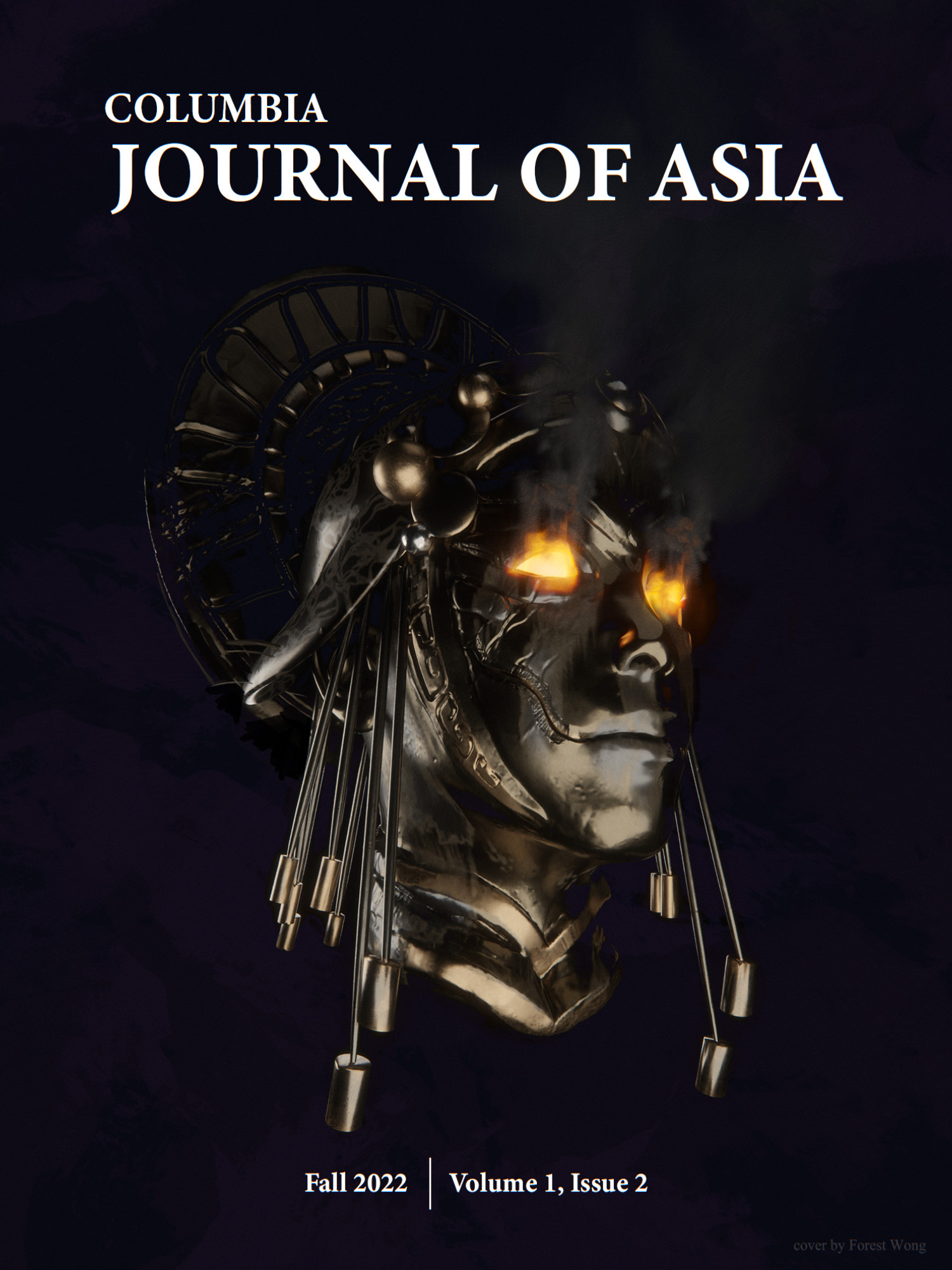Abstract
This work explores the relationship between China and Tibet, and how settler colonialism mediates the strategies used to exert government control over the autonomous region. Revealing the history of Tibet provides a background to understand how the Chinese government leverages methods of political, economic and religious subjugation to carry out their desires. At their confluence, these three strategies expose the hidden genocide that remains in Tibet, and actively contribute to the devastating conditions commonly overlooked by the media. This settler colonial process of expropriation highlights what Patrick Wolfe dubs the logic of elimination, and reveals Tibetan bodies as an enduring part of the occupied land that China seeks to control. With this understanding of Empire, I transition to discuss the deployment of and meaning behind self-immolation, an act commonly used by Tibetan protesters. While acknowledging the disadvantages of self-immolation, I cite Fanon to argue that such a rebellious action momentarily inverts the dynamic between the colonizer and colonized, thereby leaving space to achieve Tibetan liberation. By communicating the gravity of an overlooked situation permeated by settler colonialism, I hope to challenge the common conception of Empire and expand our understanding of decolonial strategies into new global contexts.

